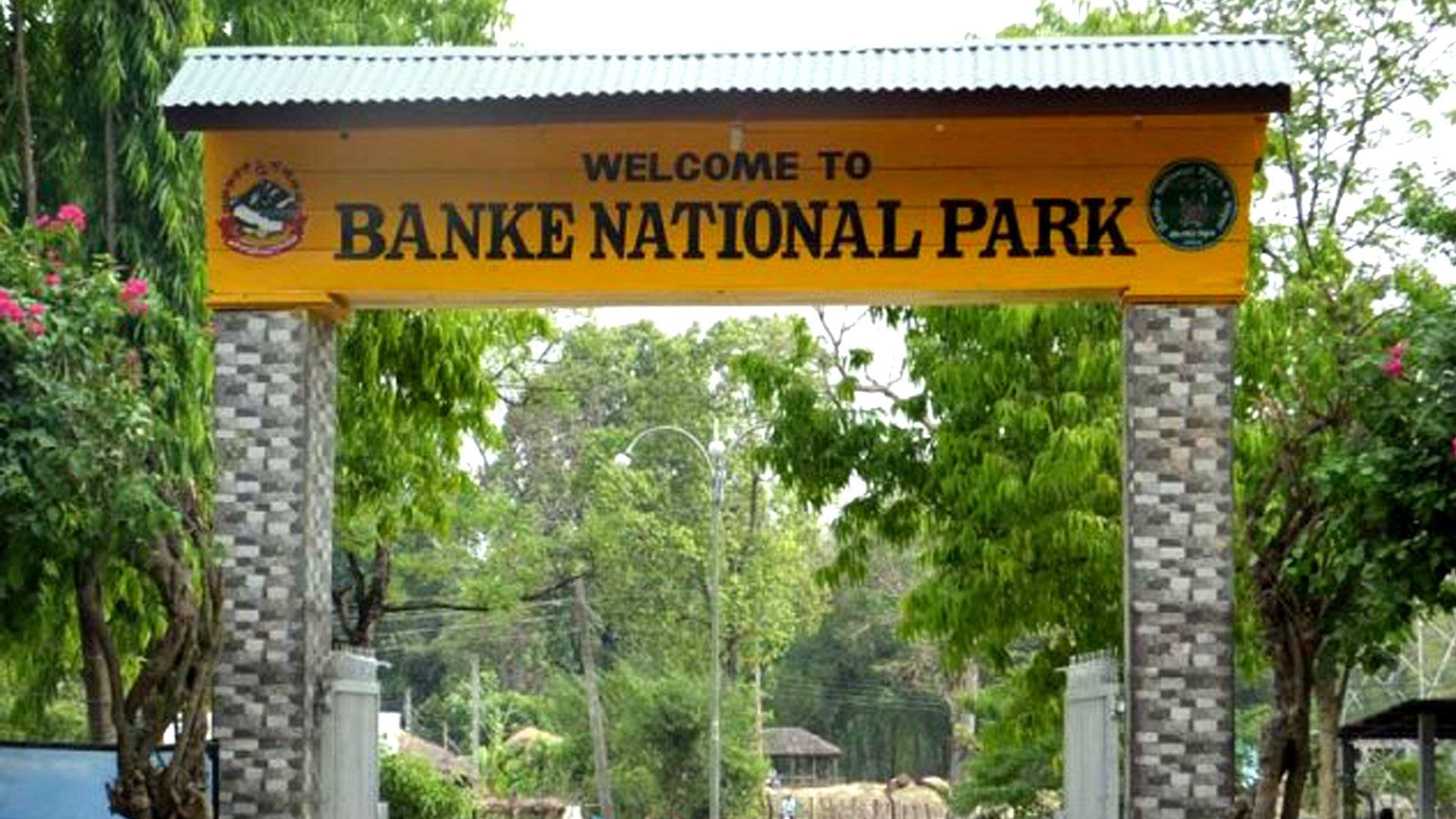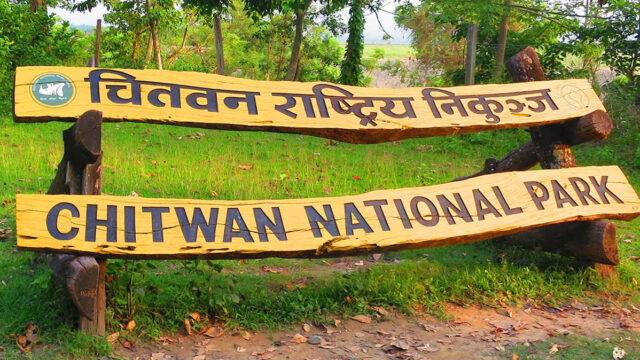Banke National Park, located in the Mid-Western region of Nepal, has welcomed over 430 domestic and international tourists for wildlife observation and sightseeing since last Shrawan. Despite progress in wildlife conservation especially in tiger population ecotourism in the area has yet to reach its full potential.
According to Conservation Officer Mandip Pangeni of Banke National Park, a total of 430 tourists, both from within Nepal and abroad, visited the park through the homestay programs operated in the buffer zone. Among the total visitors, 21 were from SAARC countries, and the rest were mostly domestic tourists. The month of Mangsir recorded the highest number of tourists (82), while Shrawan saw the fewest (12).
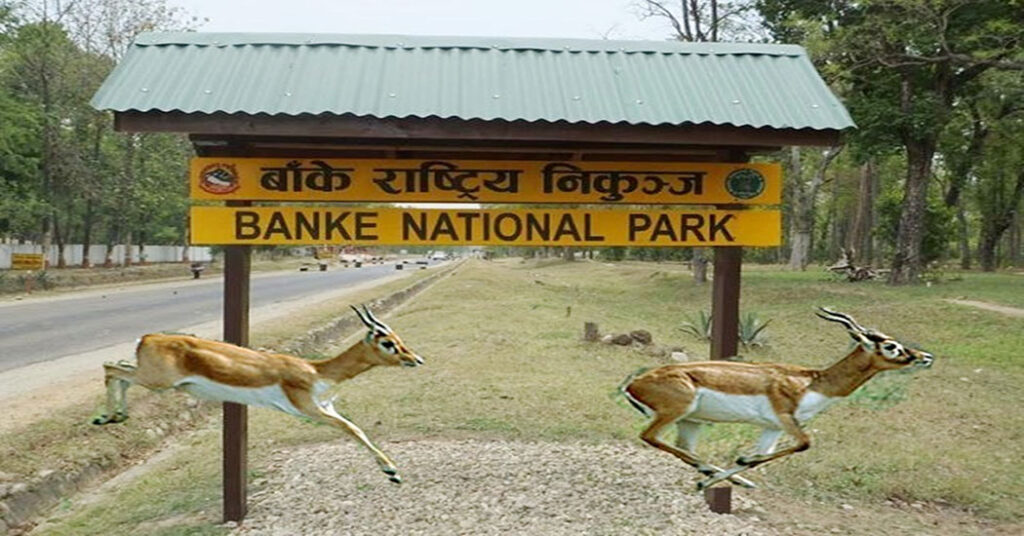
Tiger Conservation Achieves Success
Chief Conservation Officer and senior park official Birendra Prasad Kandel shared that Banke National Park has seen remarkable progress in tiger conservation. According to the 2022 survey, the park is home to 25 adult Bengal tigers. Various initiatives have contributed to this success, including the construction of 200 kilometers of forest trails, the development of grasslands, and the installation of artificial ponds to provide reliable water sources for wildlife. The park has also focused on increasing the population of prey species, which is essential for sustaining the tiger population.
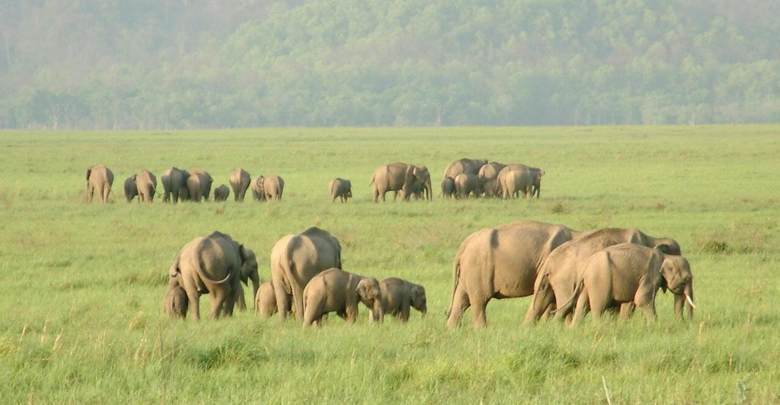
Unique Wildlife Diversity in Banke
Banke National Park has begun to witness an increase in sightings of the critically endangered Chauka (Four-Horned Antelope), a species rarely seen in other protected areas of Nepal. This highlights the park’s unique ecological significance.
The park boasts an impressive biodiversity, with 34 species of mammals, 276 species of birds, 24 species of reptiles, 9 species of amphibians, and 55 species of fish—totaling 422 documented species. These rich natural resources offer excellent opportunities for both researchers and wildlife enthusiasts.
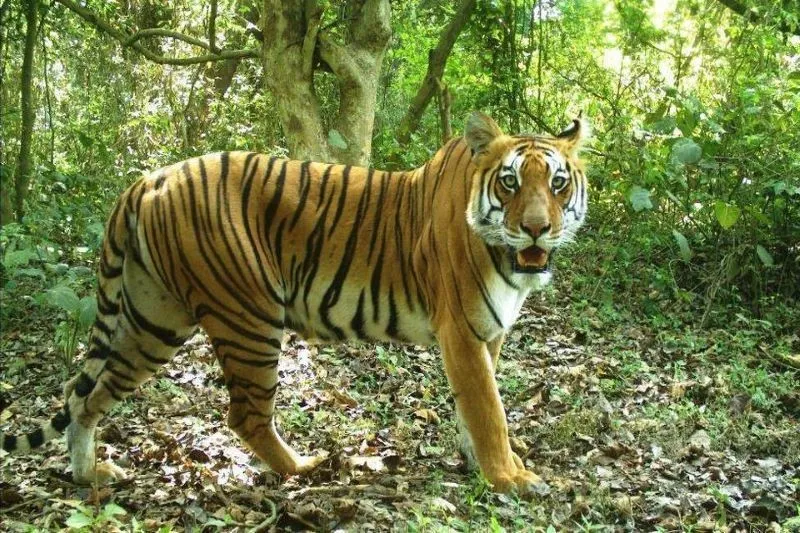
Ecotourism Potential Yet to Be Realized
While the park is making strides in conservation, the same cannot be said for the development of ecotourism. Chief Officer Kandel emphasized that despite wildlife successes, tourism-related infrastructure and services remain underdeveloped. He urged homestay operators and hotel entrepreneurs in the buffer zones to collaborate and attract more tourists for jungle safaris and park tours. Enhancing tourist facilities and promoting wildlife-based activities could help make the park a more appealing destination.
“Tour operators and hoteliers should focus on providing organized safari experiences and improving facilities for tourists to boost the overall tourism experience,” Kandel stated.

Conservation Challenges Remain
Despite the progress, Banke National Park faces a range of persistent challenges. Illegal poaching, human-wildlife conflict, forest fires, encroachment, the spread of invasive species, unregulated infrastructure development, and limited wildlife rescue capabilities continue to threaten the park’s conservation efforts.
To address these issues, increased collaboration among conservation agencies, local communities, and tourism stakeholders is crucial. Developing effective strategies that balance ecological protection with sustainable tourism could unlock Banke’s potential as a top-tier wildlife tourism destination in Nepal.
Banke National Park stands as a testament to Nepal’s conservation success, particularly in tiger preservation. However, the growth of ecotourism in the region remains stagnant due to infrastructural and logistical limitations. With focused attention on improving visitor facilities, enhancing community-based tourism, and tackling conservation challenges, Banke has the potential to emerge as a premier ecotourism hotspot. By promoting the park’s rare species and unique ecosystem, Nepal can turn Banke into a symbol of integrated conservation and sustainable tourism.
